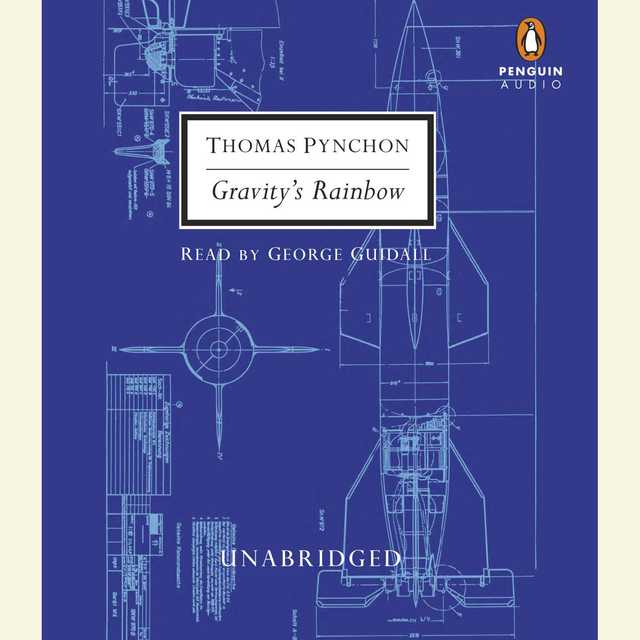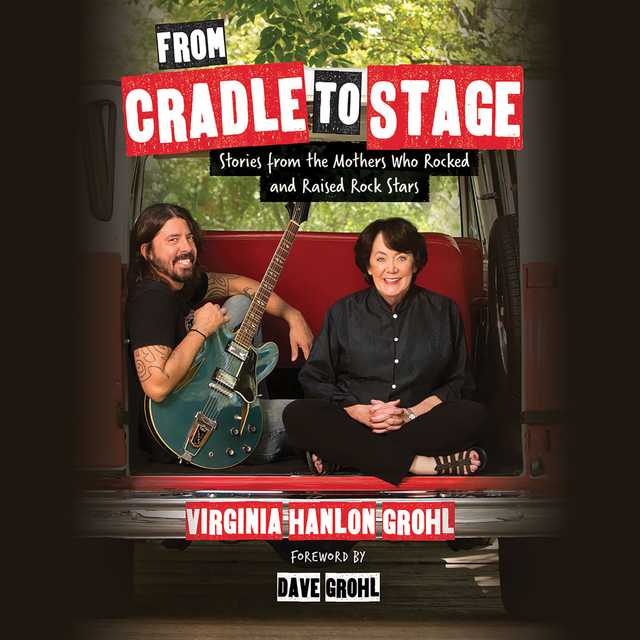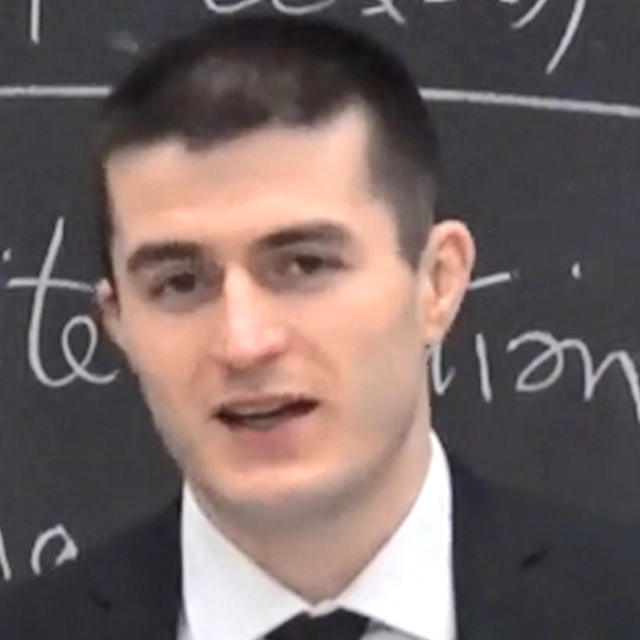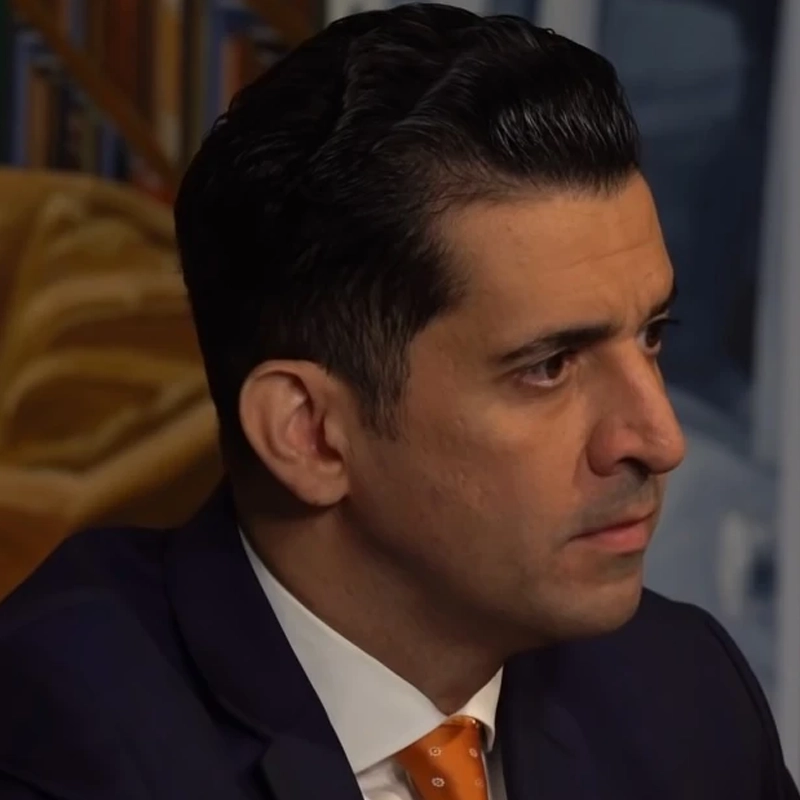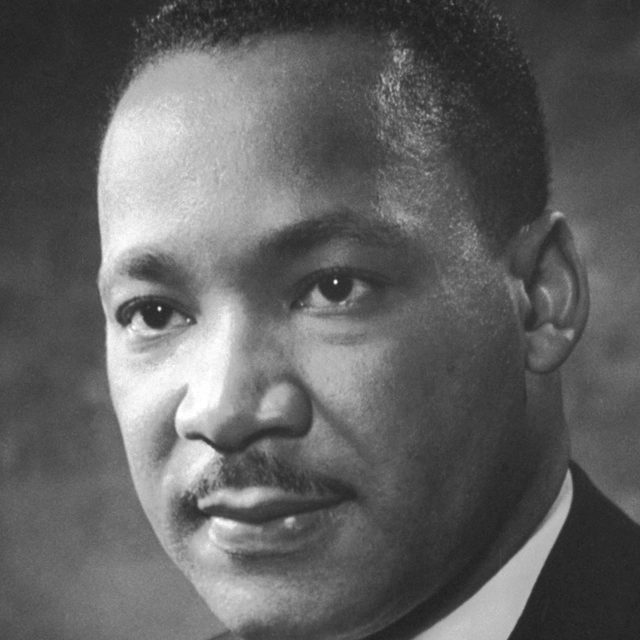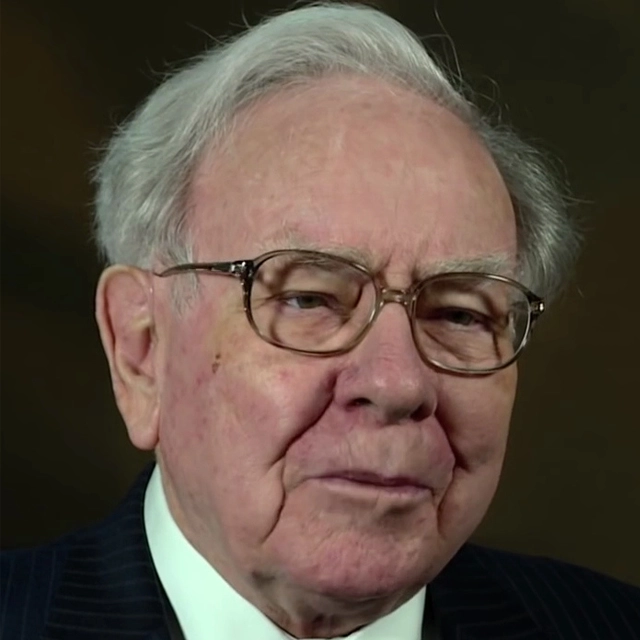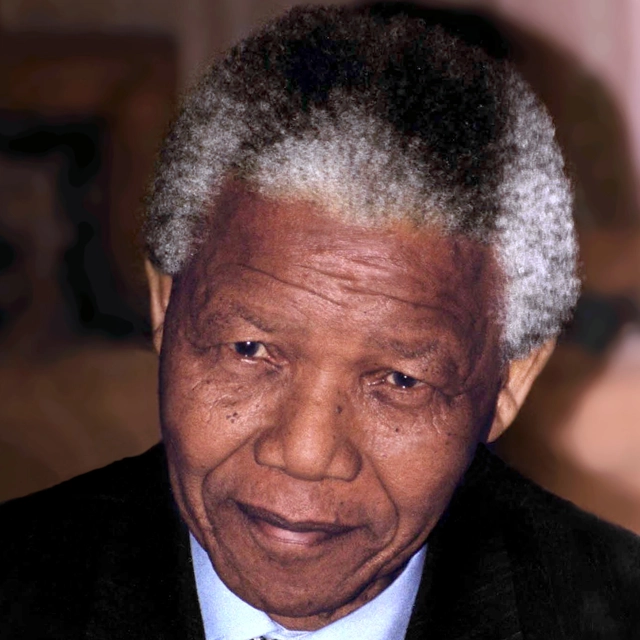Water to the Angels Audiobook Summary
The author of Last Train to Paradise tells the story of the largest public water project ever created–William Mulholland’s Los Angeles aqueduct–a story of Gilded Age ambition, hubris, greed, and one determined man who’s vision shaped the future and continues to impact us today.
In 1907, Irish immigrant William Mulholland conceived and built one of the greatest civil engineering feats in history: the aqueduct that carried water 223 miles from the Sierra Nevada mountains to Los Angeles–allowing this small, resource-challenged desert city to grow into a modern global metropolis. Drawing on new research, Les Standiford vividly captures the larger-then-life engineer and the breathtaking scope of his six-year, $23 million project that would transform a region, a state, and a nation at the dawn of its greatest century.
With energy and colorful detail, Water to the Angels brings to life the personalities, politics, and power–including bribery, deception, force, and bicoastal financial warfare–behind this dramatic event. At a time when the importance of water is being recognized as never before–considered by many experts to be the essential resource of the twenty-first century–Water to the Angels brings into focus the vigor of a fabled era, the might of a larger than life individual, and the scale of a priceless construction project, and sheds critical light on a past that offers insights for our future.
Water to the Angels includes 8 pages of photographs.
Other Top Audiobooks
Water to the Angels Audiobook Narrator
Robert Fass is the narrator of Water to the Angels audiobook that was written by Les Standiford
Les Standiford is the bestselling author of twenty books and novels, including the John Deal mystery series, and the works of narrative history The Man Who Invented Christmas (a New York Times Editors’ Choice) and Last Train to Paradise. He is the director of the creative writing program at Florida International University in Miami, where he lives with his wife, Kimberly, a psychotherapist and artist. Visit his website at www.les-standiford.com.
About the Author(s) of Water to the Angels
Les Standiford is the author of Water to the Angels
More From the Same
- Author : Les Standiford
- Bone Key
- Meet You in Hell
- Palm Beach, Mar-a-Lago, and the Rise of America’s Xanadu
- Havana Run
- Presidential Deal
- Publisher : HarperAudio
- Abraham
- American Gods [TV Tie-In]
- Dead Ringer
- House of Sand and Fog
- Prey
Water to the Angels Full Details
| Narrator | Robert Fass |
| Length | 9 hours 11 minutes |
| Author | Les Standiford |
| Category | |
| Publisher | HarperAudio |
| Release date | March 31, 2015 |
| ISBN | 9780062373847 |
Subjects
The publisher of the Water to the Angels is HarperAudio. includes the following subjects: The BISAC Subject Code is Biography & Autobiography, Historical
Additional info
The publisher of the Water to the Angels is HarperAudio. The imprint is HarperAudio. It is supplied by HarperAudio. The ISBN-13 is 9780062373847.
Global Availability
This book is only available in the United States.
Goodreads Reviews
Clif
June 16, 2015
With California's drought in the news recently it's good to remember that Los Angeles was facing a similar problem 115 years ago. William Mulholland, superintendent of the Los Angeles Water Department at that time responded by designing a massive aqueduct plan to transport water over 200 miles from the Sierra Nevada mountain range to Los Angeles. The plan was constructed under his supervision and finished under budget in November 1913. Some of the technology developed under Molholland's direction was used in the building of the Panama Canal.It's a fact that Los Angeles would have remained a small desert town if it weren't for Mulholland's initiative. It could be argued that the aqueduct would have been constructed by others if it weren't for Mulholland, but it's hard to imagine that anyone else could have completed the job in such an efficient manner free of graft and corruption. He was always on the lookout for the best interests of his employer, the City of Los Angeles. He was the model civil servant.There are some people who consider Mulholland to be an evil person. Their enmity is misdirected because really what they are saying is that Los Angeles is an evil city. Mulholland was simply doing his job. The fact that he did his job well is held against him by these people. This anger is based on the fact that the city took (i.e. stole) water from the Owens Valley which as a consequence became a ghost of its former self. The defenders of the project counter that it's a situation where a water resource was used for the greater good. This book's portrayal of Mulholland is that of an engineer/public servant extraordinaire who worked his way up from ditch digger to being superintendent of the Water Department. Among the City's electorate he became one of the most trusted persons in the city. When he endorsed a proposed bond issue it almost always passed. He had a gift of attracting the loyalty of his subordinates, and he developed bonus payment systems that encouraged laborers to work extra hard on his projects. The book begins by telling of the incident that effectively ended Mulholland's career, the St. Francis Dam failure on March 12, 1928 which was the worst U.S. civil engineering disaster of the 20th century. The real death toll is uncertain but is estimated to be over 600. Mulholland is famous for the quotation, "Whether it is good or bad, don't blame anyone else, you just fasten it on me. If there was an error in human judgment, I was the human, I won't try to fasten it on anyone else." The book then proceeds on to tell the story of Mulholland's life. But the reader is left with the knowledge that in spite of all his amazing accomplishments, it's going to end with a terrible disaster. The failure of the dam was probably caused by the pressure from the 190 foot depth of water at the dam's face penetrating the porous layers of underlying and neighboring rock and the concrete of the dam itself. Some have questioned whether the knowledge base of dam engineering at that time had developed sufficiently for Mulholland to have avoided this dam failure. The incident demonstrated the importance of thorough geotechnical exploration of the foundation material and served as a learning experience for the whole field of dam engineering. Dams built since then are equipped with pressure relief drains to prevent this kind of pressure infiltration. However, in this particular case the foundation materials were so bad that no dam, and no concrete gravity arch dam in particular, should have been constructed at that location.Many people's understanding of this era is based on the 1974 movie Chinatown that starred Jack Nicholson, Faye Dunaway, and John Huston. This book has a final chapter that addresses this movie and explores whether there's any historical credibility contained in its plot. My conclusion is that there is much more fiction than fact in the movie's plot.
Steven
February 25, 2017
The role of engineer William Mulholland in the development and growth of Los Angeles is a sort of recalled part of California's history. But this book illuminates his role and notes his contributions to LA's growth. The city, originally, received water from the local eponymous river. However, this proved unable to fuel the growth of the city and other needs.After having arisen from modest beginnings, Mulholland began--with others--to think about bringing water to Los Angeles--from the far away Owens River. He envisioned an aqueduct carrying water over a long distance to Los Angeles. The book does a fine job outlining the decision by Los Angeles to proceed with the project, the details of how LA gained ownership of property in the Owens River area, how different actors tried to benefit from the project, the engineering challenges that had to be met, and so on.The politics of the project are discussed as well. This was an expensive project for the time, and the federal government had an interest in water. How the actors worked this out is well told.Tragedies, too, were a part of this story--such as the collapse of a dam and the death and destruction that followed.One suggestion: It would have been helpful to have had more maps, to get a sense of the larger picture.One interesting side discussion--how the reality of bringing water to LA comports to the movie "Chinatown."All in all, though, a fine work.
Vince
November 06, 2021
Absolutely bonkers history that is little known by local citizens today. While the author has treated Mulholland quite generously in this retelling, it is still a worthwhile read. Independently of this book, I encourage everyone to take greater notice of their built environment and it's origins.
Todd
July 03, 2016
Review Title: Forget Chinatown, Jake, it's the real storyLet's deal with the Chinatown thing right up front because it is such a huge work of entertainment and art (and one of my all time favorite movies) that tells a great detective story around the construction of the massive Los Angeles aqueduct in the early years of the 20th century. With its plot so detailed that even the writers, director, and actors weren't sure what happened, the quotable and much quoted dialogue, the atmospheric settings, and the incredible performances of an incredibly young and powerful Jack Nicholson and an indelibly evil John Huston (the realization of the meaning of the closing scene and its perfect dialogue that I have paraphrased in my title still haunts even now just recalling it). While it doesn't diminish the movie, the real story told here is just as powerful but powerfully different, although to some extent what you feel about Mulholland's accomplishment in bringing water to Los Angeles depends on what you think of Chinatown.Standiford intertwined the biography of Mulholland with the history of the Los Angeles aqueduct because the man and his monument are really inseparable. An Irish immigrant whose life journey to Los Angeles in the last decade ages of the 19th century, Mulholland worked his way up as an untrained laborer to be chief engineer of he LA water department, growing with the city as it grew from an outpost of 9,000 people when he arrived in 1876 to over 1 million when he retired from the water department over 50 years later.In fact, when he reached a position of influence within the department, he began to advocate for looking for new water sources for the fantastic growth he anticipated. Los Angeles in 1890 had 50,000 residents and Mulholland envisioned 500,000, all needing only water to make the mild climate the perfect place for paradise. When he and the city's mayor took an exploratory 250-mile trek to the Owens River valley north of town by train, cart, and finally horse when they reached the end of the primitive roads, they beheld a river and lake fed by snow melt that Mulholland believed could be the solution to the water problem. Of course buying access to the water from the Owens Valley citizens, and then getting the water to LA over rugged desert country remained seemingly insurmountable obstacles to the dream of a modern LA metropolis. Mulholland, in Standiford's account an imminently practical and focused engineer, started from the premise that it was "downhill all the way" between the two points and set out to engineer a way to solve the technical problems in an affordable and achievable solution. While the financial and political obstacles were not so tractable, all obstacles were eventually overcome, and from 1907 to 1913 "The Chief" (as Mulholland was now known and loved by both citizens and his employees) brought one of the great engineering feats of the 20th century to completion, on budget and on schedule.The backdrop of Chinatown then and now still loomed large, as Standiford documents the labyrinthine history which still divides and unites opinions on all sectors of the political, economic, geographic, and ecological spectrums. Regardless of what positions you take, the modern city would not exist as the world city it is today without the water Mulholland brought. And regardless of whether you class him as a hero or villain of the piece, Standiford's account also demands respect for Mulholland as an insightful and forward thinking project manager:He first spent time and money to put support infrastructure in place to support the massive building effort, even though the "slow" progress in miles complete caused concern by public and politicians. (p. 111)He took an "Agile" team approach: in the words of a reporter observing Mulholland at work:'I have seen him sketch with a stick in the sand the outline of a piece of work or a mechanical device for the man selected to do the work and then leave the man to work the thing out in detail.' According to Kelly, Mulholland's elaborations were simple: 'There is the principle. Apply it in your own way.' I (P. 145)He was also completely self taught, with no college degree and no engineering or management classes, yet he solved problems with techniques now considered state of the art in those disciplines.So if your interest follows any of the disciplines of politics, engineering, history, biography, economics, and culture touched in this account, you will find it both readable and informative.
Craig
February 08, 2017
An Accessible Narrative History The California Water Wars and the Los Angeles Aqueduct are far more fascinating than even Chinatown lets on. Standiford blends solid research and a strong narrative thread to create a compelling read.
Jean
September 18, 2022
** spoiler alert ** We all know just a bit about how the California coast has thrived by taking water from other locations. But I was amazed to learn the details about how Mulholland brought together the funds, the planning, and a lot of varied manpower, to build an aquaduct from the Owens Valley to Los Angeles, a distance of -----------. And it was mostly a human-powered accomplishment with help from a herd of mules and a bit of support from steam shovels. I recommend this book if you are interested in the details. But....If you have any questions about how all this movement of water affected and affects the ecology and environment, forget it. Standiford, like Mulholland, accepts without reservation that allowing LA to metastasize into the current mess that it is was a noble undertaking, a morally unassailable rearrangement of the earth to favor the limited, shortsighted goals of some humans.It is more amazing to me that this book tells this story as it does, without examining the more profound questions about what human manipulation of the environment has really done to the earth, than that Mulholland and company were able to build it in the first place.
Richard
January 25, 2023
This was a book recommended by the Los Angeles Public Library as part of its 150th birthday celebration. I'm always interested to learn more about my city, and the exploits of William Mulholland in sucking dry the Owens Valley to bring water to Los Angeles are a famous part of the city's history. I have seen the Owens Valley. As you might expect, it's not much to look at. It has a rugged beauty but it's very dry. This book presents Mulholland as a tireless, honest and resourceful man who imagined and executed the greatest aquaduct in history. Whatever shadiness may have been involved in the project didn't touch Mulholland in the eyes of Mr. Standiford. I'm inclined to believe that's probably true. Mulholland never lived extravagantly and died only moderately wealthy. He certainly had the right knowledge and connections to have amassed great wealth if that had been his aim. He seems to have had a great sense of civic responsibility, though I couldn't help wondering if maybe there as a darker side as the movie Chinatown suggests.
Dave
August 01, 2017
As a lifelong Angeleno, I'm long overdue for a bit of education on the history of Los Angeles, and William Mulholland (of the eponymous Mulholland Drive) and his aqueduct are one of Los Angeles's great stories. With all due respect to Hollywood, nothing symbolizes the "big dreams" spirit of Los Angeles quite like the early visionaries William Mulholland who took a dusty patch of desert and--often by sheer force of will and ingenuity--raised a metropolis. This book chronicles one of the greatest of those projects, William Mulholland's aqueduct that brought water from the Owens Valley to Los Angeles and made the city we know today possible.Recommended for anyone who's ever been curious about history, the colorful characters that made Los Angeles, or anyone who just wants to be able to recount with pride one of the great tales of how Los Angeles came to be.
Munthir
April 13, 2018
A truly gripping tale of what it requires to envision and build a vision into reality. The masterful intertwining of history, bibliography and economics makes the read very interesting; with implications far beyond the scope of the project. Whatever the opinion on the environmental and ecological effects of the project it represents a case for fundamental solutions to water management issues - even with advances in water saving technologies, advances in agricultural technologies (including urban hydroponics) and even with eminent high taxes on water usage (which in my opinion are applied un-proportionately between commercial and individual users) the sheer growth in human populations poses a serious challenge to all the aforementioned. With a more or less a fixed amount of water available to earth out of the box thinking is becoming more critical.
Alexis
May 15, 2019
Very interesting biography of one of the most interesting people of the early 20th century. William Mulholland was a hardworking, self-educated engineer who was pretty much responsible for how Los Angeles became the city it is today. His career and reputation was tarnished by the St Francis Dam disaster, but he did so many amazing things throughout his life, he should not be forgotten. Most importantly, he wanted to ensure a fair system of service to the people, and looked down on those who would try to profit off the basic needs. Hopefully, his true legacy will not be forgotten.Well written, good photos and stories, easy to understand the construction of the aqueduct from beginning to end. However, he is a bit biased in his love for Mulholland and he uses the word "meantime" far too often - it was a distraction.
Mom
January 28, 2018
My knowledge of William Mulholland was limited to the canyon and streets and aqueduct of which he was named for. And, of course, the fictional movie "China Town". I now know more than ever about pipes and tunnels than I would ever want to know, BUT it was necessary to read to bring me better acquainted with getting water from the Owens Valley, CA to Los Angeles. What a feat this was and that is still used today. It truly rivals the building of the Panama Canal. Mulholland was a necessary force to be reckoned with to accomplish such a monumental task. Alas, there is some failure that had to be dealt with, but you’d have to read the book to understand its impact.A quick read. A worthwhile read.
Linda
June 29, 2019
I had heard the name Mulholland, and I knew it was associated with controversy, but that was it. This was book was fascinating. It describes the monumental project to bring water to the growing City of Los Angeles and the man who was the major force behind it, William Mulholland. The project was an engineering project on a massive scale, and it amazes me that I knew nothing of it. It seems the controversy over the project is still a controversy over a hundred years after the event, and I am not sure if everyone will consider this to be an unbiased account. However, the book is well written, and at times was a page turner for me.
David
June 13, 2020
This was a surprisingly interesting read. I particularly enjoyed reading about the engineering challenges that had to be overcome to complete the Los Angeles Aqueduct. It is not an overly political book and takes no strong position on whether the people of Owens Valley were done wrong by the city of Los Angeles. It largely lets the reader make his or her own judgment on that subject. I just wish it had more detailed maps of the pipeline and even more photos. What photos it does have of the construction are quite fascinating.
Jeff
October 08, 2022
Good and informative. Fairly neutral in his portrayal of the water wars. Good source if someone wants to learn about Owens Valley and Mulholland and the aqueduct. Well researched. Sometimes the sentence structure sadly gets in the way. Sentences should be like music at a movie, you should just get caught up in it and not know it is there. But some of his sentences are laborious. But generally a good read.
Honey
December 06, 2017
Water can be rather, well, dry, but this lively story addresses the man who made the miracle happen...the miracle of making water flow through the desert. Mulholland was brilliant, intuitive, self-educated and industrious. Like many extraordinary men who were self taught, his genius and persistent curiosity along with his enduring humanity created a context where the seeming impossible was made real.
Tom
November 16, 2018
Wanted to give this 5 stars because the story is so interesting but I struggled with the way the information was presented by the author. I read much of the book at my desk so I could refer to maps and look up details that I thought could have been included in the writing! Overall I'm very glad I read the book.
Squeaky
February 14, 2019
I've had rather an interest in the St. Francis Dam disaster the last few years, so when this book was recommended (actually, hand to me) I was very interested, and I was not disappointed. I spent a lot of time looking up areas mentioned in the text on Google maps, to get an idea of where they were.
Tim
December 13, 2017
Los Angeles could not exist without a water supply. William Mullholland was the self-taught engineer who found the water source and a way to get it to the city. I enjoyed learning of his remarkable career. He was a visionary, an engineering genius, an exemplary leader of people and a dedicated public servant. I admire the man.
Most Popular Audiobooks
Frequently asked questions
Listening to audiobooks not only easy, it is also very convenient. You can listen to audiobooks on almost every device. From your laptop to your smart phone or even a smart speaker like Apple HomePod or even Alexa. Here’s how you can get started listening to audiobooks.
- 1. Download your favorite audiobook app such as Speechify.
- 2. Sign up for an account.
- 3. Browse the library for the best audiobooks and select the first one for free
- 4. Download the audiobook file to your device
- 5. Open the Speechify audiobook app and select the audiobook you want to listen to.
- 6. Adjust the playback speed and other settings to your preference.
- 7. Press play and enjoy!
While you can listen to the bestsellers on almost any device, and preferences may vary, generally smart phones are offer the most convenience factor. You could be working out, grocery shopping, or even watching your dog in the dog park on a Saturday morning.
However, most audiobook apps work across multiple devices so you can pick up that riveting new Stephen King book you started at the dog park, back on your laptop when you get back home.
Speechify is one of the best apps for audiobooks. The pricing structure is the most competitive in the market and the app is easy to use. It features the best sellers and award winning authors. Listen to your favorite books or discover new ones and listen to real voice actors read to you. Getting started is easy, the first book is free.
Research showcasing the brain health benefits of reading on a regular basis is wide-ranging and undeniable. However, research comparing the benefits of reading vs listening is much more sparse. According to professor of psychology and author Dr. Kristen Willeumier, though, there is good reason to believe that the reading experience provided by audiobooks offers many of the same brain benefits as reading a physical book.
Audiobooks are recordings of books that are read aloud by a professional voice actor. The recordings are typically available for purchase and download in digital formats such as MP3, WMA, or AAC. They can also be streamed from online services like Speechify, Audible, AppleBooks, or Spotify.
You simply download the app onto your smart phone, create your account, and in Speechify, you can choose your first book, from our vast library of best-sellers and classics, to read for free.
Audiobooks, like real books can add up over time. Here’s where you can listen to audiobooks for free. Speechify let’s you read your first best seller for free. Apart from that, we have a vast selection of free audiobooks that you can enjoy. Get the same rich experience no matter if the book was free or not.
It depends. Yes, there are free audiobooks and paid audiobooks. Speechify offers a blend of both!
It varies. The easiest way depends on a few things. The app and service you use, which device, and platform. Speechify is the easiest way to listen to audiobooks. Downloading the app is quick. It is not a large app and does not eat up space on your iPhone or Android device.
Listening to audiobooks on your smart phone, with Speechify, is the easiest way to listen to audiobooks.















